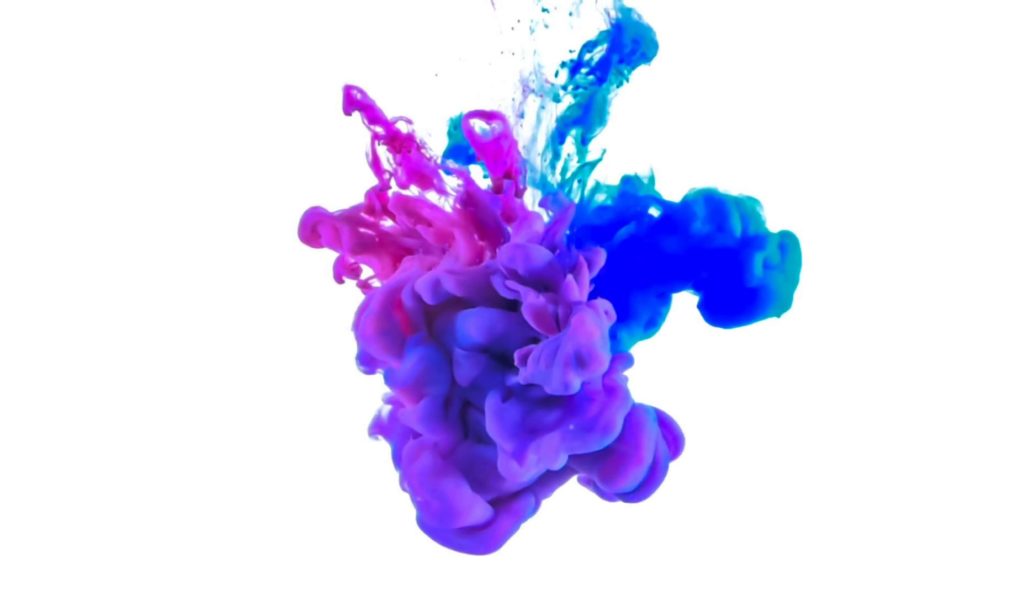Beginning with the red flames to the graffiti cave walls, colours have always been a powerful form of communication throughout history. Over the years, scientists have continued to study the psychology of colour and its impact. From the daily clothes we wear to the trinkets we buy, colours evoke multiple feelings and emotions that influence our everyday decisions. Up-to 90% of judgments we make on a particular item can be based on color alone.
Although the Internet is increasingly global, few systematic studies have been undertaken in which the impact of colour on culturally diverse viewers is investigated in website design. Colours can create a very specific mood or impression on a website. Website colour appeal is a significant determinant for website trust and satisfaction with differences noted across cultures. One of the challenges today in human–computer interaction is to design systems that are not only usable but also appealing to users.
Memory retention and recall are also enhanced through colour, which is important when it comes to remembering a specific product or brand. Using consistent colours in your business ventures is one of the ways to establish your company’s identity. Many enterprises draw on the influence acquired through their association with certain colours to highlight their brand’s popularity.
Not only can colour help make a website more memorable and provoke emotional stimulation, it can also make the user experience more enjoyable resulting in higher conversion rates. Along with a well-designed user-interface, helping visitors to navigate through the site is one key role colour plays, guiding them through the site content easily and quickly. Colour also helps towards building a content hierarchy, focusing attention on key information and calls to action.
We can notice that most new organizations and firms use red as their theme colour because it calls for importance and urgency. Likewise, most social media websites and banking websites use blue as their main colour scheme due to its association with security and hospitality.
Colour is a powerful business tool. Through its consistent implementation, you can highlight brand identity, promote credibility, integrate meaning and incite emotions in line with your goals. When designing a website, usability and aesthetics are undoubtedly the key elements to consider, but making your website beautiful and easy to navigate is not enough to achieve a first-class conversion rate. In fact, colour coding plays a central role in setting your website up for success. As said, colours and colour combinations can have a huge impact on how users react to and act on a website.
In general, websites display both neutral colours and main colours. Neutral colours like black, white and grey are usually used for the background, whereas brighter colours are used for details and other foreground elements. In the latest web design though, neutral colours are often very dominant in terms of how much space they take up. Moreover, neutral colours are considered trendy and minimalistic and are associated with progress and technology.
Warm colours like red, yellow and orange are very strong and are used to attract the attention of the observer on specific elements. However, when used too often on a single page, these colours lose their positive associative potential and evoke negative feelings, like aggressiveness and anger. On the contrary, a calming effect is achieved when combining different hues of green and blue. Blue also conveys loyalty and security. The perception of a specific colour also depends on which shade of the colour you use. For example, more delicate shades do not usually attract the attention of the user, but they convey a sense of harmony and balance.
Considering the psychological associations evoked by specific colours and design elements in your target audience is a key step in the process of designing a successful website. Notions borrowed from colour psychology can help both designer and digital entrepreneurs to make the right decisions during the first stages of the design process, as well as to optimize an already existing website and unlock its unfulfilled potential. When used correctly along with good typography, colour can be one of the single most important aspects of website design.


